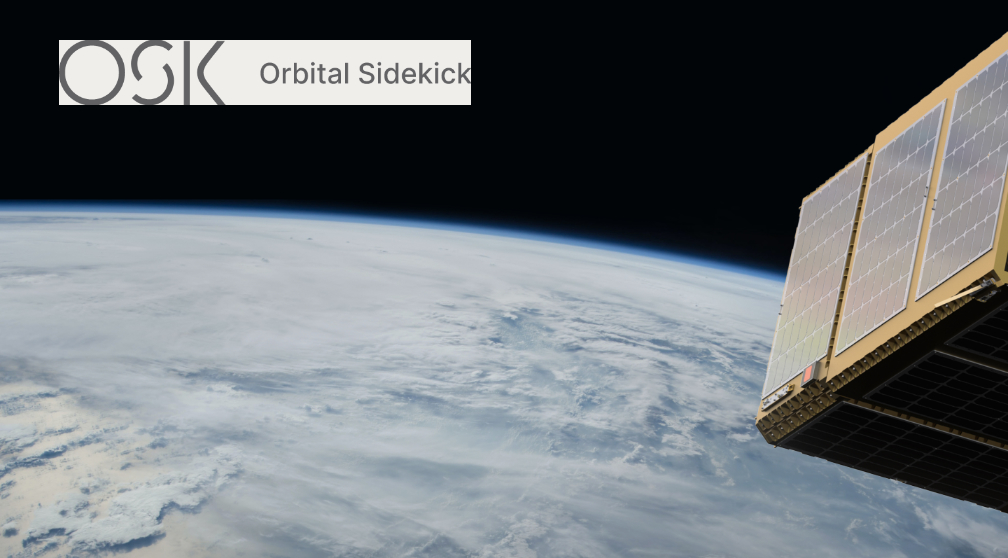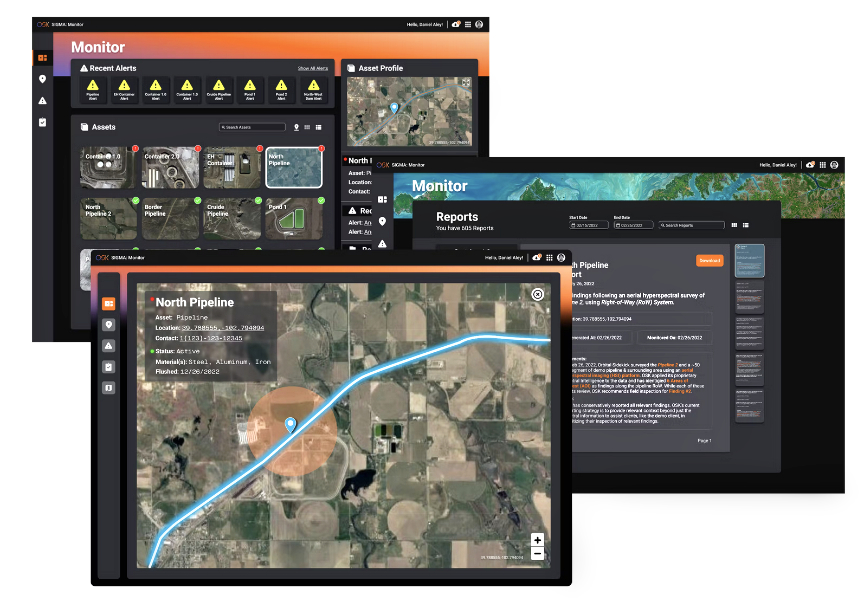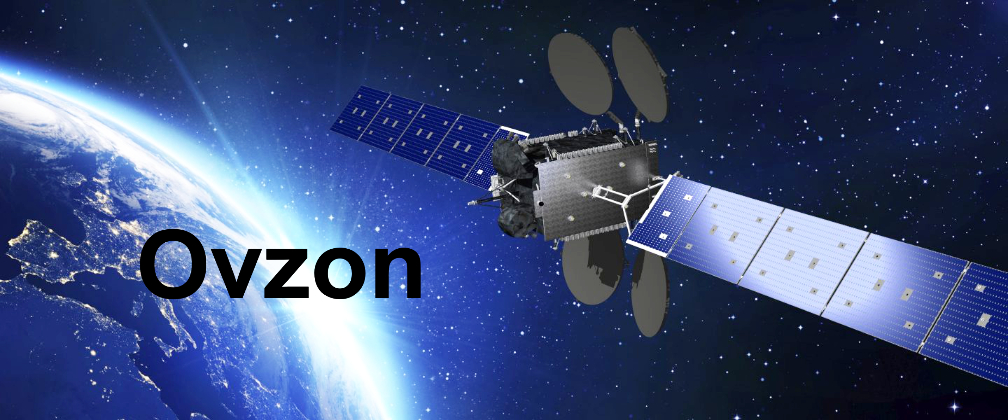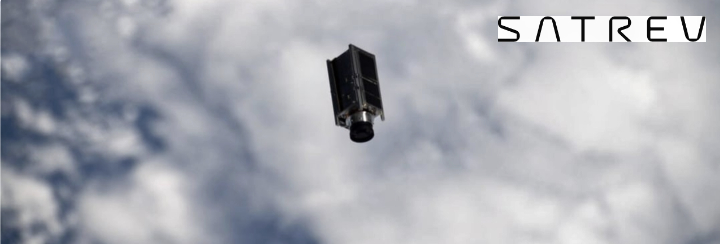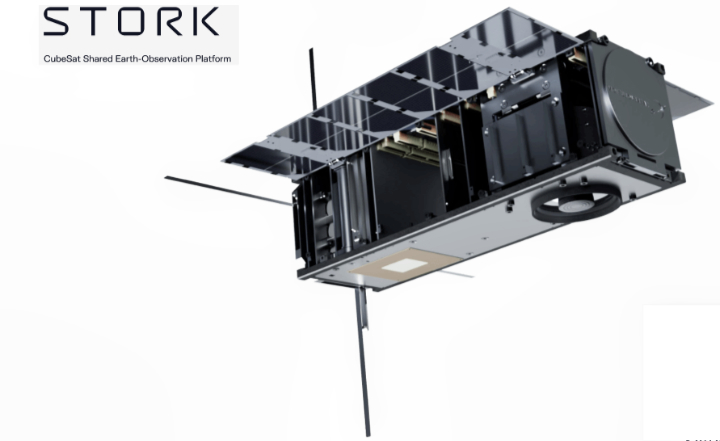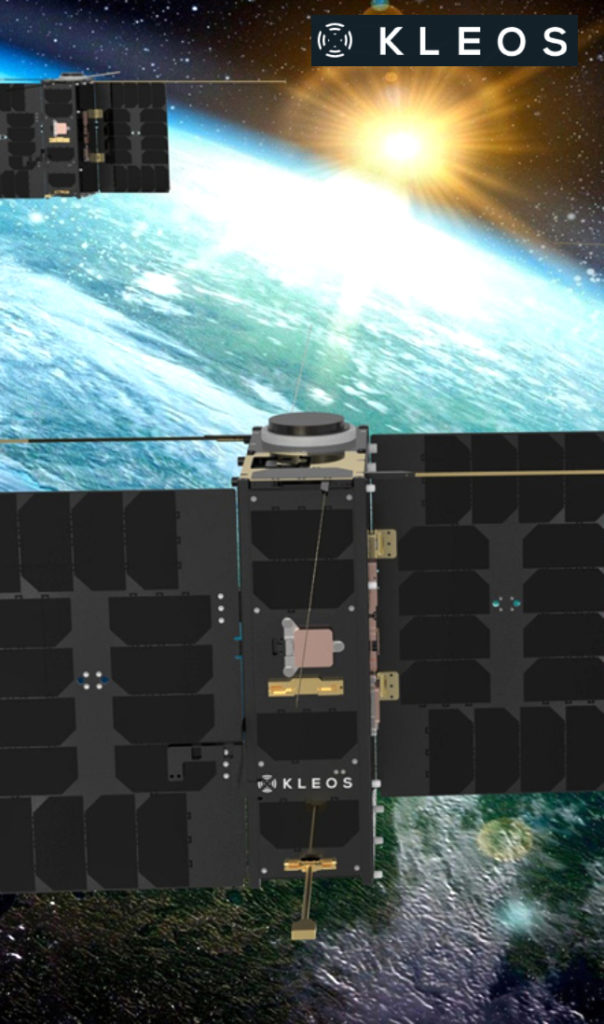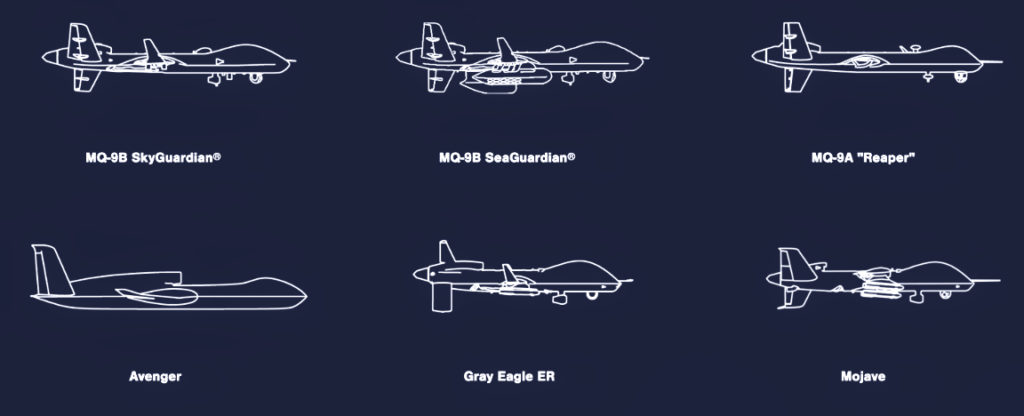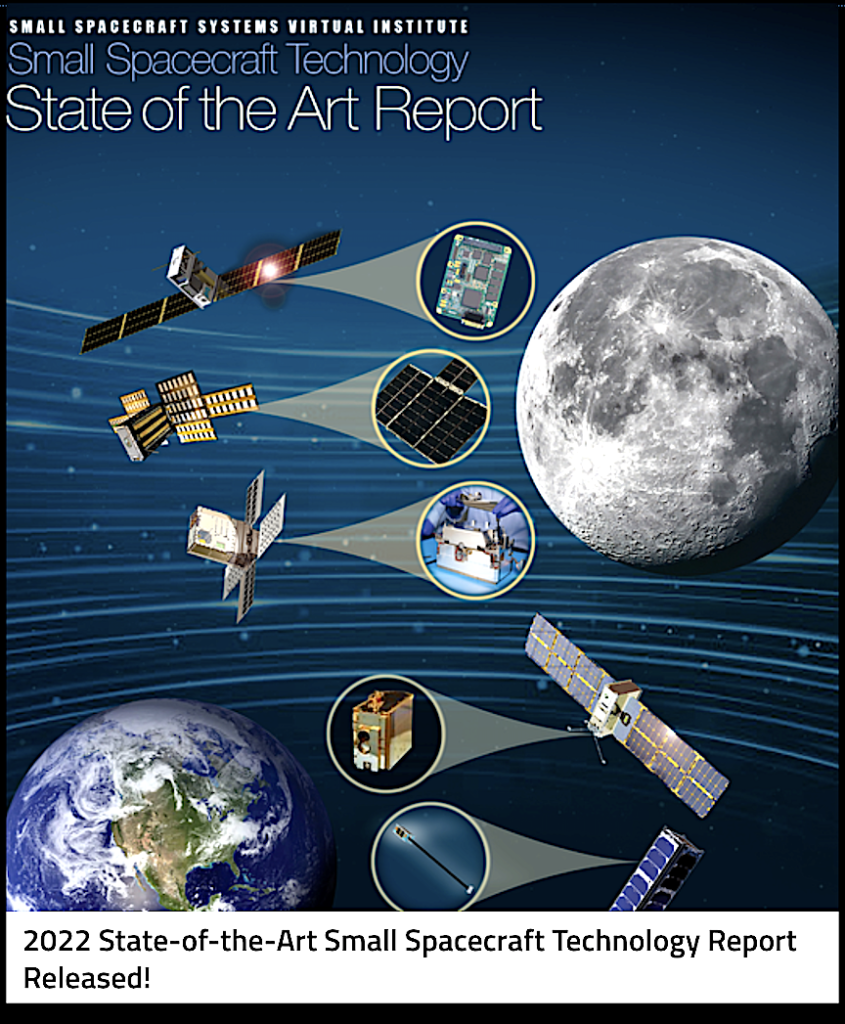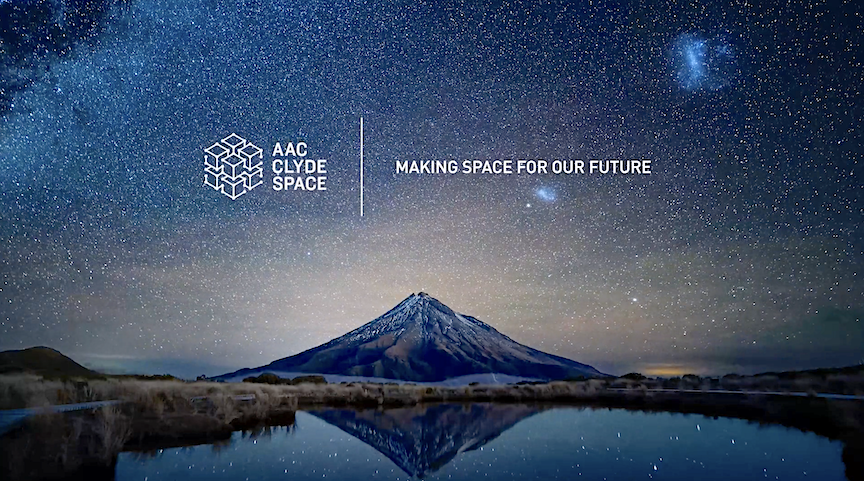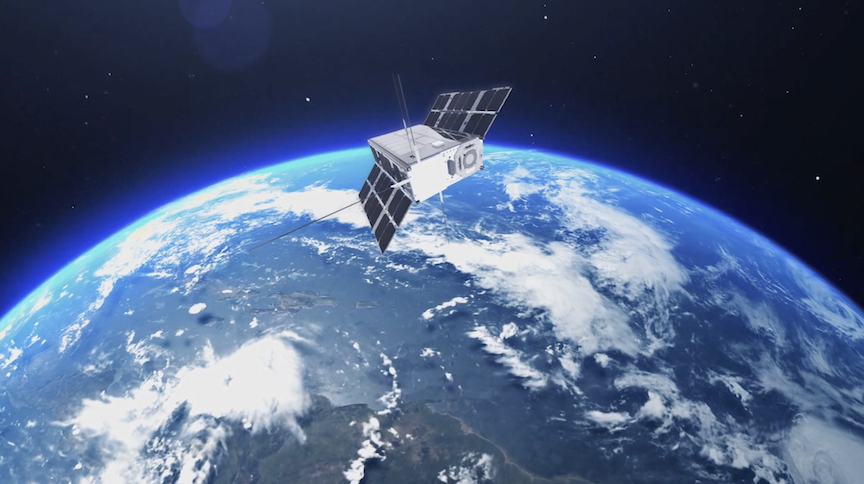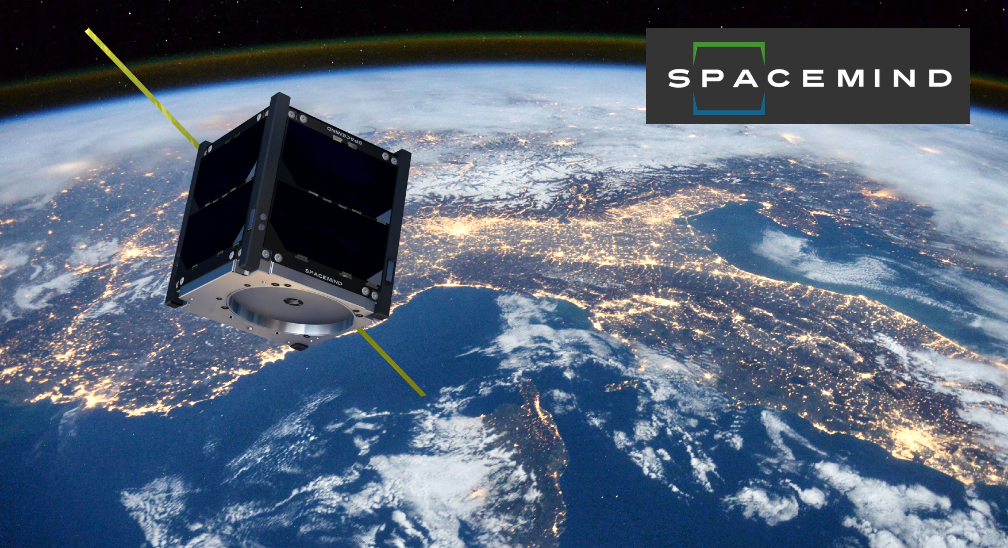
Spacemind, the space division of Italian company NPC, has accomplished a series of three smallsat launches. DanteSat, Futura-SM1 and Futura-SM3 have been successfully launched into orbit from the International Space Station (ISS).
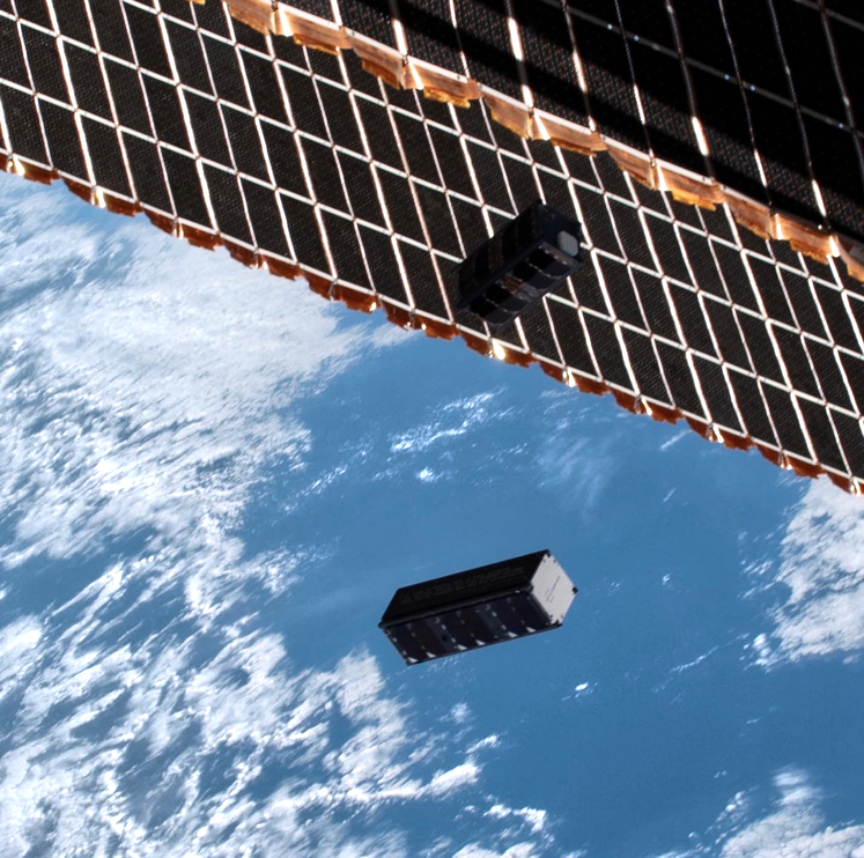
This has also validated the operation of the new SMPod cubesat deployer, on-board equipment as well as a larger version of the Artica deorbiting sail.

The DanteSat nanosatellite is a 3U cubesat that is shaped like a small parallelepiped (with a square base measuring 10 cm on a side and a height of 30 cm) and is an original project promoted by Human Space Services for the Italian publishing house Scripta Maneant to celebrate the 700th anniversary of Dante Alighieri‘s death: its metal structure is, in fact, engraved with the Divine Comedy, while the on-board radio transmits the first verses of the work to Earth.
In November of last year, the satellite was transported to ISS by a Dragon capsule that was launched by a SpaceX Falcon 9. DanteSat was then released into orbit in late December of 2022 via Nanoracks Europe’s external deployer. Subsequently, the satellite opened the Artica sail and will soon burn up on re-entry into the Earth’s atmosphere.

The two Futuras were launched at the start of January and transferred into the planned orbit by an autonomous ION Satellite Carrier platform, manufactured by the space logistics company D-Orbit, and then finally released into space via the new SMPod deployer from Spacemind.
The Futura-SM1 is a 3U cubesat and is intended to test new on-board equipment (power generation system, deployable antennas, space sail and OBC on-board computer developed by partner Apogeo Space). The Futura-SM3, on the other hand, is a 6U cubesat (equal to two 3U cubesats, side-by-side) and is equipped with a new, larger Artica space sail for deorbiting the satellite at the end of the mission.
Nicolò Benini, Marketing Manager of NPC Spacemind, said, “We are thrilled with the initial results of these in-orbit missions, which confirm our company’s position as a turnkey service provider for the production of cubesats for commercial and scientific projects. Our recent launches have solidified relationships with important Italian and foreign customers, paving the way for future space missions. All systems on board the three cubesats are working perfectly and they are receiving signals and telemetry data. The SMPod deployer also released the two Futuras into orbit, successfully meeting all mission objectives. These excellent results position Spacemind to offer reliable and innovative services on the expanding nanosatellite market.”

